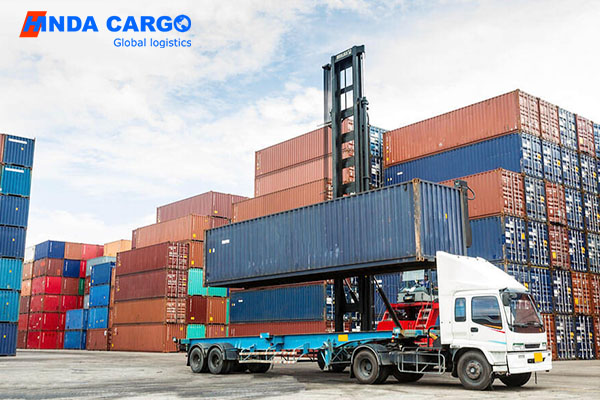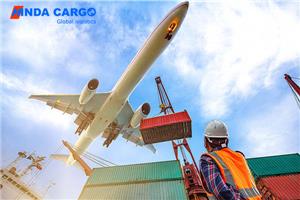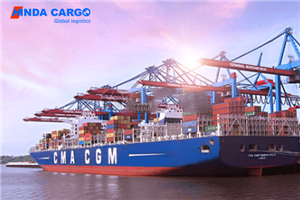Who pays for LTL shipping?
Payment of LTL shipping charges is a critical issue in logistics and supply chain management. In modern supply chains, LTL shipping is a widely used transportation method that involves consolidating small-volume shipments from multiple shippers onto a single truck or other transportation vehicle to increase efficiency and reduce costs. Payment for this mode of transportation is usually borne by the shipper, but other players are also involved. In this news article, we’ll explore how LTL shipping charges are paid and provide an in-depth analysis of its importance and impact in the logistics industry.
Who pays for LTL shipping?
LTL shipping is a way of combining small shipments from multiple shippers for shipping. Under this mode of transportation, payment is typically borne by the shipper, specifically based on the truck space occupied by the cargo and the cost of services incurred.
1. Shipper pays:
In LTL shipping, the shipper pays for the portion of the truck occupied by their shipment.
Fees are usually calculated based on the volume, weight, distance of the shipment and the type of service required.
The fees a shipper pays are related to the specific needs and transportation requirements of their cargo.
2. The role of transportation companies:
Transportation companies are responsible for consolidating shipments from multiple shippers into a single truck.
This consolidation allows carriers to increase efficiency and spread shipping costs across multiple shippers.
Shipping companies also need to ensure safe and timely delivery of cargo to meet shipper expectations.
3. Transparency of fees:
It’s important for shippers to have transparency around fees.
Carriers should clearly explain to shippers how fees are calculated and the payment process.
Shippers should carefully review transportation contracts and fee details to ensure fees paid are reasonable and expected.

What are the advantages and disadvantages of LTL shipping?
LTL shipping, as a common shipping method, has many advantages, but there are also some challenges and disadvantages. When choosing LTL shipping, businesses and individuals should weigh the pros and cons.
1. Advantages:
Cost Effectiveness: LTL shipping can reduce shipping costs for a single shipper by consolidating shipments from multiple shippers.
Flexibility: LTL shipping is available for a variety of sizes and types of shipments and can meet different shipping needs.
Broad Coverage: LTL shipping usually covers a wide area and can deliver goods to different destinations.
2. Disadvantages:
Time Delays: LTL shipping can result in longer delivery times due to the need to consolidate shipments from multiple shippers.
Processing Complexity: Shipments from multiple shippers need to be sorted and consolidated, which can make processing more difficult.
Possible damage: Due to the merging and splitting of goods, there may be a risk of damage to the goods during transportation.
3. Weighing your options:
When choosing LTL shipping, businesses and individuals should weigh cost-effectiveness and time efficiency.
For non-urgent shipments, LTL shipping can be an affordable option.
For time-sensitive shipments, alternative shipping methods may need to be selected to ensure timely delivery.

How to improve the efficiency and quality of LTL transportation?
To succeed in LTL shipping, there are a number of things businesses and logistics service providers can do to improve efficiency and quality.
1. Optimize logistics network:
By optimizing their logistics networks, companies can improve the efficiency and reach of LTL shipments.
Data analysis and forecasting can help plan optimal transportation routes and schedules.
2. Introduce new technologies:
Automation and smart logistics technology can improve the efficiency and accuracy of LTL shipping.
For example, cargo tracking and monitoring technology can ensure the safety and real-time visibility of cargo.
3. Improve customer service:
Providing transparent fees and timely communication increases shipper satisfaction.
Establishing good cooperative relationships with shippers helps achieve long-term business cooperation.
4. Train and develop employees:
Training employees on LTL shipping expertise and knowledge can improve work efficiency.
Cultivating employees' service awareness and problem-solving skills can help improve customer experience.

Summarize
Payment for LTL shipping costs is typically borne by the shipper, which is an important component in logistics and supply chains. By rationally choosing LTL transportation, companies and individuals can reduce transportation costs and improve logistics efficiency. However, in order to succeed in LTL transportation, enterprises and logistics service providers need to continuously optimize logistics networks, introduce new technologies, and improve customer service levels. This ensures that LTL transportation is efficient, safe and reliable.




